8-minute read
keywords: ethology
On account of our good eyesight, humans are said to be a visual species. However, when you stop and think about it, human language (at least English) has a surprisingly large vocabulary for the squawks, grunts, chirps, honks, growls, etc. that other animals make. What, if anything, are they saying? Two recent books delve into this question, The Voices of Nature and Why Animals Talk. A last-minute entry on human language, Talking Heads, turns this into a three-part review. In other words, we need to talk…
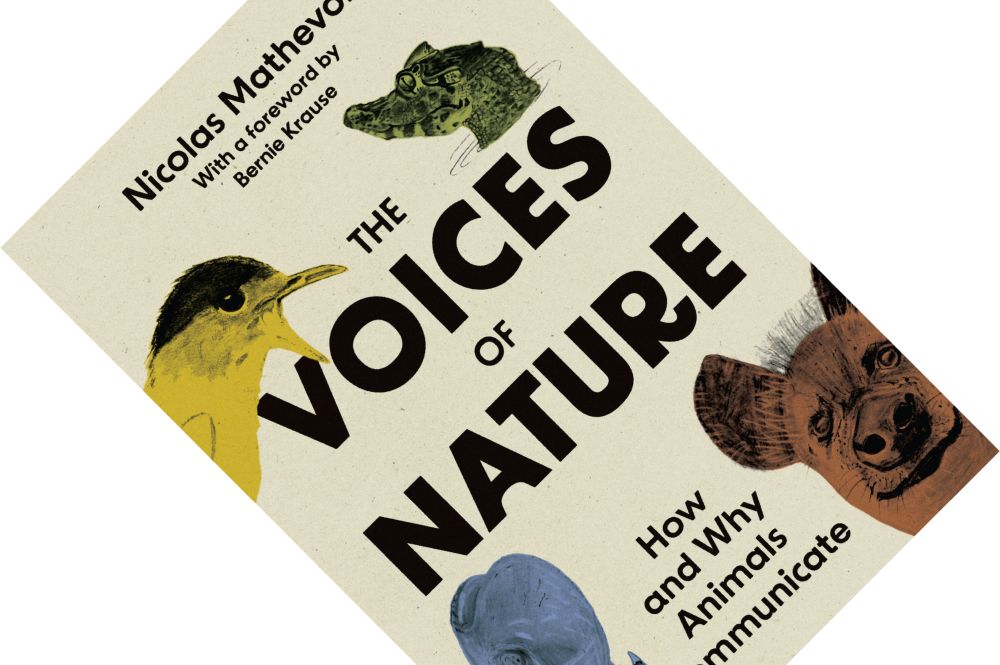
The Voices of Nature: How and Why Animals Communicate, written by Nicolas Mathevon, published by Princeton University Press in August 2023 (hardback, 375 pages)
This book was originally published in French in 2021 as Les Animaux Parlent: Sachons les Écouter by HumenSciences who also translated it into English. Their translation leaves intact the character of the book, including frequent exhortations aimed at the reader that somehow feel very French to me. None other than ecoacoustics legend Bernie Krause contributes a foreword. Author Nicolas Mathevon is currently a professor of neuroscience and animal behaviour at the University of Saint-Etienne. For over three decades, he has focused on bioacoustics, the study of animal and human acoustic communication, and from 2017 to 2023 he was president of the International Bioacoustics Society.
The Voices of Nature gives a wide-ranging overview of current themes and questions in the field, as well as a first-hand account of the laboratory research and fieldwork Mathevon and his colleagues have been getting up to. He opens, sensibly, with an introduction to Nikolaas Tinbergen’s four questions that motivate ethological research, as well as the basic physics of acoustics. The book-proper covers a plethora of topics of which I can only discuss a few examples in more detail.
Anybody who has ever watched a documentary on nesting seabirds might wonder: how do parents relocate their chicks amidst the incessant din of dense breeding colonies? This touches on the more general question of how communication works against a background of noise. Mathevon describes how biologists have adopted Claude Shannon‘s mathematical theory of communication. Originally aimed at limiting the impact of noise on telecommunication signals, it proposes three strategies that are also adopted by animals. One, increase information redundancy by repeating your message. Research on king penguins shows a linear relationship between wind speed (and thus noise) and how often they repeat their multisyllabic calls. Two, increase signal strength by talking louder and, three, change frequency to avoid noise-filled channels. Both of these are famously observed in birds singing both louder and at a higher pitch in urban environments, but acoustic adaptations to human noise are widespread.
“how do [nesting seabirds] relocate their chicks amidst the incessant din of dense breeding colonies? This touches on the more general question of how communication works against a background of noise.”
Another particularly interesting chapter deals with the evolution of communication, discussing two models of how signals evolve. The precursor sender model is a case of exaptation: existing behaviours or structures are turned into new communication signals. For example fish, that, in the absence of vocal cords, turn their swim bladder into a vibrating sound box. The sensory bias model proposes that senders exploit a sensitivity in the receiver. For example, female crickets freeze in response to high-pitched bat calls. Male crickets have started to exploit this by emitting their own high-pitched calls, making it easier to locate females. Next, the huge diversity of acoustic signals in nature can be explained by a plethora of mechanisms: sexual selection, kin selection, ecological selection, etc. Sometimes, however, it is a side-effect of other evolutionary scenarios. You are familiar with the adaptive radiation of Darwin’s finches that resulted in species with different beak shapes. But did you know that this affected their songs as well? Larger-beaked species have simpler songs as their muscles simply cannot move their beaks fast enough to produce the sorts of rapid modulations heard in smaller-beaked species.
A final interesting topic was already touched on in my previous review of Of Cockroaches and Crickets: ecoacoustics. Mathevon profiles Bernie Krause who has spent decades recording environmental soundscapes and is one of the pioneers of the discipline of ecoacoustics or soundscape ecology. Rather than listening to the vocalisations of one species, he has been listening to the totality of our world’s sound as produced by (non)human animals and natural forces (its biophony, anthropophony, and geophony). He has convincingly shown how these soundscapes are a measure of ecosystem health and are increasingly simplifying, changing, and disappearing due to human encroachment. Mathevon discusses some of the theoretical underpinnings of Krause’s idea of how and why soundscapes are structured. First is the acoustic niche hypothesis. Look at a soundscape spectrogram and you will notice how animals vocalize at different pitches, avoiding overlap. You can cut that pie in many different ways though. Acoustic overlap can also be avoided by being active at different times, or, where species do overlap, by unique rhythms. A second hypothesis is that of acoustic adaptation: the idea that sound signals are optimized for transmission in an animal’s habitat. Experimental support for this is mixed, and it seems trade-offs result in sound signals not always having the optimal acoustic characteristics.
“Some of the behaviours and adaptations described here delighted me, serving as powerful reminders that we underestimate animals, and that evolution comes up with ingenious solutions to the challenges animals face.”
There are many, many other topics and experiments that Mathevon discusses here, such as acoustic communication in birds (primarily to attract mates and defend territories), crocodiles (the social life of reptiles is underappreciated and includes acoustic communication), and underwater (including vocal dialects in various cetaceans). He discusses how vocalisations are produced and heard, how individuals learn to vocalize, how vocalizations express emotions, and how some species communicate by infrasound, ultrasound, or ground-borne vibrations. He explores how vocalisations are uttered between parents and offspring, in competition for partners, and in the real-world setting of complex social networks, rather than the sender-receiver dyads that are easier to study and interpret. Finally, he explains his arguments for saying that animals have a language, many languages in fact, even if none seem to reach the sophistication of human language.
This brings me to some criticism. First is the book’s somewhat haphazard structure. The discipline of ethology has been shaped by Tinbergen’s four “why” questions that deal with mechanism, adaptation, ontogeny, and phylogeny. In other words, how is a behaviour executed, what is its adaptive value, how does it develop during an organism’s lifetime, and how has it evolved over the generations? Mathevon dutifully introduces this legacy and for a moment I thought he would use it to structure the book. Though he refers to them where appropriate, the only line through these chapters that I could discover is Mathevon’s direct or indirect involvement in almost all the research discussed here (which, let me be clear, is a staggering achievement). Similarly, each chapter typically discusses four to six ideas and studies in a solid block of text, so could have done with breaking up using subheadings or even just decorative section breaks. My second point is that the book would have benefited from some diagrams. He now resorts to wordy descriptions of spectrograms of bird calls or of anatomical features (e.g. the proposed closed-circuit system that allows cetaceans to vocalise underwater without coming up for air). Quick point of clarification: the included illustrations by Mathevon’s father Bernard Mathevon are all animal portraits.
These are admittedly minor points that did not take away from me enjoying this book tremendously. The Voices of Nature is an immersive sonic journey, led by a tour guide with extensive knowledge of the subject. Some of the behaviours and adaptations described here delighted me, serving as powerful reminders that we underestimate animals, and that evolution comes up with ingenious solutions to the challenges animals face. Mathevon’s involvement with much of the research discussed here means he livens up the narrative with personal highs and lows, as well as the rare reveals of the practicalities of investigating animal behaviour. The level of technical detail is just right, he knows when to pull back and ends many chapters by highlighting how there is much more he could discuss. On that note, join me as I next turn to Why Animals Talk to see what Kershenbaum adds to the topic.
Disclosure: The publisher provided a review copy of this book. The opinion expressed here is my own, however.
Other recommended books mentioned in this review:
__________________________________________________________________
__________________________________________________________________
__________________________________________________________________
__________________________________________________________________
__________________________________________________________________
__________________________________________________________________

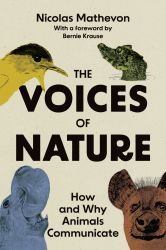
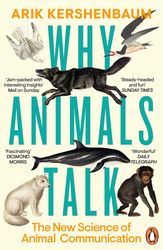
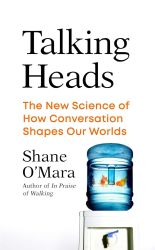
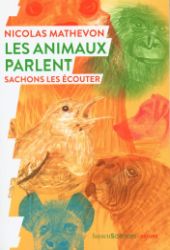
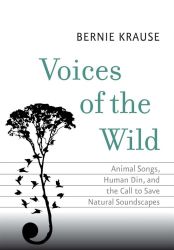
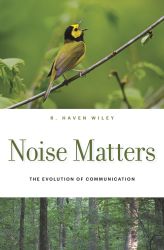

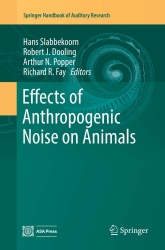
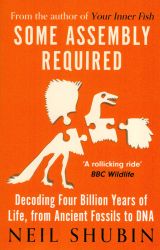
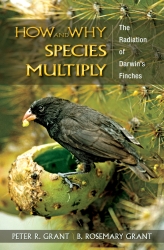
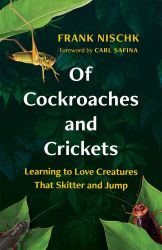
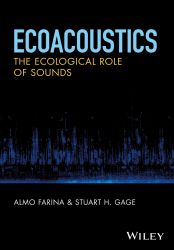

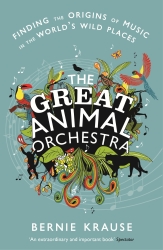

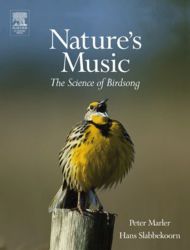
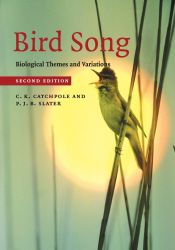


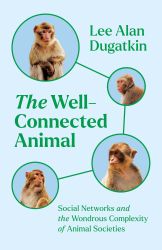


4 comments